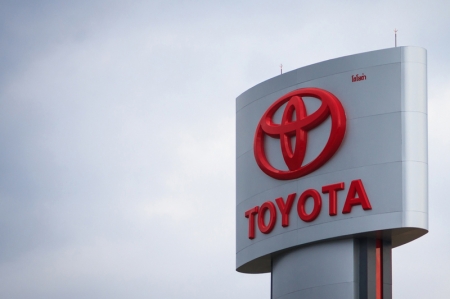The put-call ratio (PCR) is a popular indicator used in financial markets to gauge investor sentiment. It is calculated by dividing the number of traded put options by the number of traded call options over a specific period.
The put-call ratio is often promoted and utilized by market analysts for making predictions. A high put-call ratio typically suggests that investors are buying more puts than calls, indicating a bearish sentiment, as investors might be seeking downside protection or speculating on declines. Conversely, a low put-call ratio reflects bullish sentiment, with more investors buying calls in anticipation of rising prices. Traders and analysts often use this ratio to identify potential reversals or confirm existing trends, interpreting extreme levels as signs of overbought or oversold conditions.
Reference [1] studied the predictability of the PCR, specifically utilizing the PCR based on traded volume and open interests. The authors pointed out,
In our study, we aimed to find whether our independent variables of Option Volume traded and Option Open Interest can be used to predict the Underlying return for an index-Bank Nifty Index for our present study. The major findings of our study have been two found. Firstly, we find that our independent variables do have a strong relationship with our dependent variable. This corroborates with the other major studies as covered in our literature review. Secondly, we find that the linear regression predictability for our underlying returns is only accounted for up to 50% by our independent variable. This once again follows on the significant researchers found during our study of literature. Thirdly, the predictability powers of our independent variables are significantly lesser than as propagated in the literature.
In short, the authors showed that the predictability of the PCR is less reliable than often suggested in financial media. Additionally, they found that predictability is weaker for index options than for single-name stock options.
This study has limitations, as it uses only one year of data and focuses on the Indian market. However, it should serve as a caution that we should conduct our own analysis in the markets we trade and that the predictability of the PCR might not be as strong as popular financial media suggests.
Let us know what you think in the comments below or in the discussion forum.
References
[1] L. G. Honey Singh and Amar Kumar Chaudhary, Option Volume and Open Interest for Predicting Underlying Return—A Study of Index Option in Indian Stock Market, in Financial Markets and Corporate Finance 5th International Conference on FMCF (ICFMCF2023), IIT Delhi, India, July 6–8
Further questions
What's your question? Ask it in the discussion forum
Have an answer to the questions below? Post it here or in the forum




